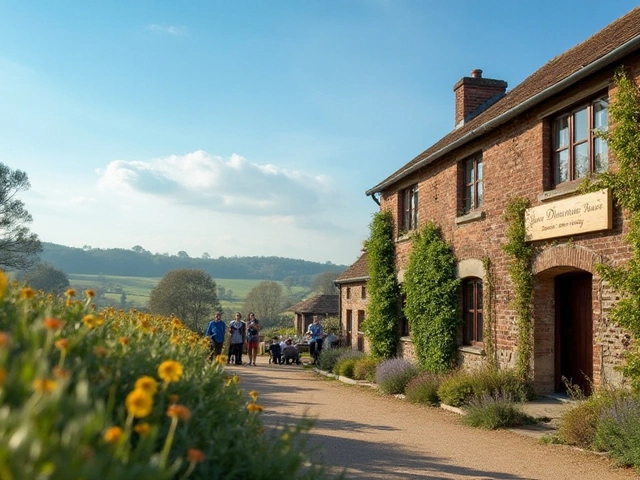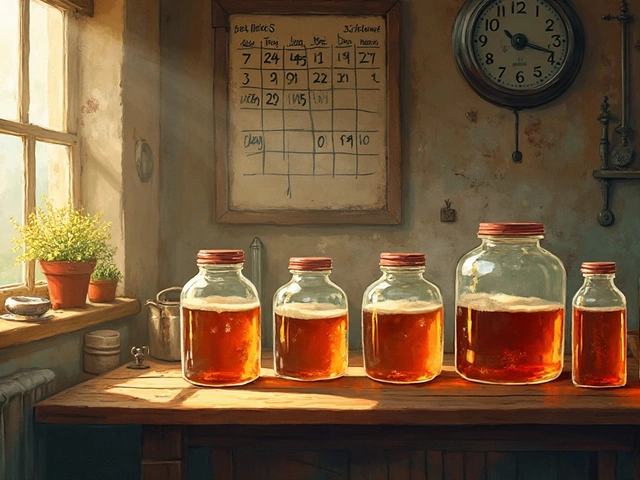Wine Sampling Basics: Your Quick Guide to Tasting Like a Pro
Ever wondered why some people seem to pick apart a wine in seconds while you’re still guessing the flavor? It’s not magic – it’s good wine sampling. Below you’ll find plain‑spoken steps that make any tasting session clear, fun, and useful.
What Exactly Is Wine Sampling?
Wine sampling means taking a small sip, looking at the wine’s color, breathing in the aroma, and noting taste. It’s a shortcut to a full wine tasting, letting you decide if you like a wine without drinking a whole glass. The goal? Get enough info to enjoy the wine or move on quickly.
Gear Up: Simple Tools You Need
You don’t need a fancy bar. A clean white glass, a spoon or small tasting cup, and a notebook (or phone) are enough. The white glass helps you see the hue, while the spoon lets you swirl without spilling. Jot down flavors or rate the wine on a 1‑5 scale – it keeps the experience organized.
Now, let’s walk through the five easy steps of wine sampling.
1. Look – Hold the glass against a white background. Notice the color: light straw means a young white, deep ruby hints at age or a fuller body. Color can clue you into the grape and how long it’s been aging.
2. Swirl – Give the glass a gentle swirl. This releases volatile compounds that carry the wine’s aroma. If the wine spins too fast, slow down – you want a smooth move, not a tornado.
3. Smell – Put your nose close, inhale lightly. Identify a fruit note (citrus, berries), a spice (pepper, vanilla), or a mineral hint. Beginners often detect only “wine” – that’s fine. Keep practicing and the aromas will become clearer.
4. Sip – Take a small sip, let it coat your mouth. Pay attention to the first impression (sweet, sour, bitter) and how it changes from start to finish. Notice the body – light, medium, or full – and the finish length.
5. Judge – Rate the wine quickly. Does it match the occasion? Would you pair it with food? Write a short note: “Crisp, green apple, good with fish.” This helps you remember later.
Common mistakes to avoid: drinking too much before you finish the sample, swirling too hard and spilling, or rushing the aroma step. Take your time; even a 30‑second pause can make a big difference.
Want to expand your palate? Try sampling a few wines side by side. Put a white wine and a rosé together; compare the acidity and fruit. Switching between reds and whites in the same session can be harsh, so keep similar types together.
Remember, wine sampling is a tool, not a rule. If you’re at a party and only have a glassful, just enjoy it. The goal is to have fun and learn what you like.
Finally, store your notes. Over weeks, you’ll spot patterns – maybe you love high‑acid whites or medium‑bodied reds. Those patterns make buying wine easier and more satisfying.
Ready to try? Grab a bottle, a white glass, and follow these steps. In no time you’ll be spotting a wine’s strengths and deciding if it’s worth a full pour. Cheers to smart, simple wine sampling!
Ever wondered how much wine you actually drink at a wine tasting? We break down the average size of a wine pour and how many glasses you'll typically sip. Plus, learn some handy tasting etiquette and tips to make the most of your next wine-tasting adventure.
View Details

